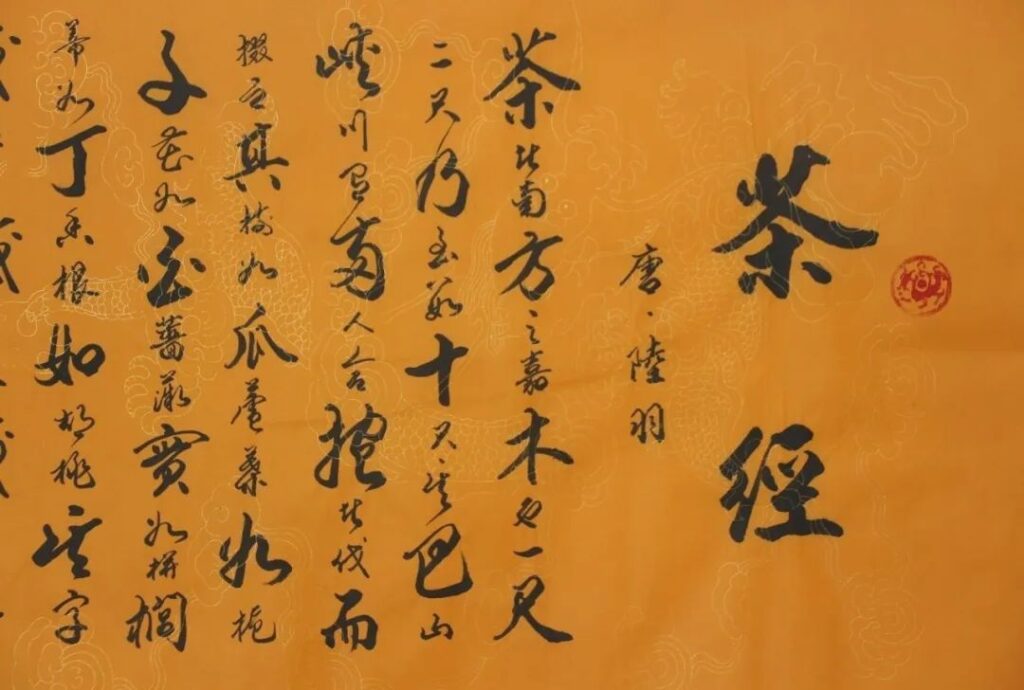Tea, this fragrance originating from the ancient East, has not only soaked through the long river of Chinese history but also bloomed its unique charm globally. As the birthplace of tea, China holds a pivotal position in the world with its profound tea culture. From royal tributes to daily life, from quiet tea rooms to bustling markets, the diversity and richness of tea culture are vividly displayed across China.
01#History of Chinese Tea#01Origins are said to trace back to Shennong, who discovered tea leaves while tasting various herbs, marking the beginning of tea’s history. Initially, tea leaves were used as medicine and later evolved into a daily beverage.
02Development of Tea Culture has spanned thousands of years. The tea ceremony of the Tang Dynasty, the tea brewing of the Song Dynasty, and the tea infusion of the Ming and Qing Dynasties, each dynasty had its unique tea-drinking fashion, and tea culture has been evolving with societal progress.
02Influence Through the Silk Road, China’s tea culture and tea leaves spread worldwide, influencing global tea-drinking habits. Tea has become an envoy of cultural exchange. CHA DAO
02#Six Major Types of Chinese Tea#Green Tea: Known for its fresh taste and rich nutritional value. West Lake Longjing, from Hangzhou’s West Lake area, is famous for its flat and smooth tea leaf shape and unique bean aroma. Biluochun, from Taihu Lake in Jiangsu, is known for its spiral shape and fresh fragrance.
Black Tea: Fully fermented black tea, such as Keemun black tea, from Qimen County in Anhui, is loved for its mellow taste and warm color. Lapsang Souchong, from Wuyi Mountain in Fujian, is one of the world’s earliest black teas.
Oolong Tea (Blue Tea): Semi-fermented oolong tea, such as Tieguanyin, from Anxi County in Fujian, is famous for its rich aroma and varied flavors. Dahongpao, from Wuyi Mountain in Fujian, is known for its unique ‘rock rhyme’.
White Tea: Slightly fermented white tea, such as Baihao Yinzhen, from Fuding in Fujian, is favored for its elegant taste and health benefits. Bai Mudan, from Zhenghe in Fujian, is known for its tea leaf shape resembling peony flowers.
Yellow Tea: With a unique yellowing process, such as Junshan Yinzhen, from Yueyang in Hunan, gives yellow tea a unique aroma and taste. Mengding Huangya, from Ya’an in Sichuan, is loved for its bright yellow tea leaves and mellow taste.
Dark Tea: Post-fermented dark tea, such as Pu’er tea, from Yunnan, is sought after for its aging potential and unique flavor. Liubao tea, from Wuzhou in Guangxi, is known for its unique pile-fermentation process and aged flavor.
END A Grain of Dust Tea Scan the code to follow us~ ‘Tea’ is the state of unity between heaven and man amidst nature. Half a cup of clear tea, observing the ups and downs of life. A clear heart, watching the cool world.


